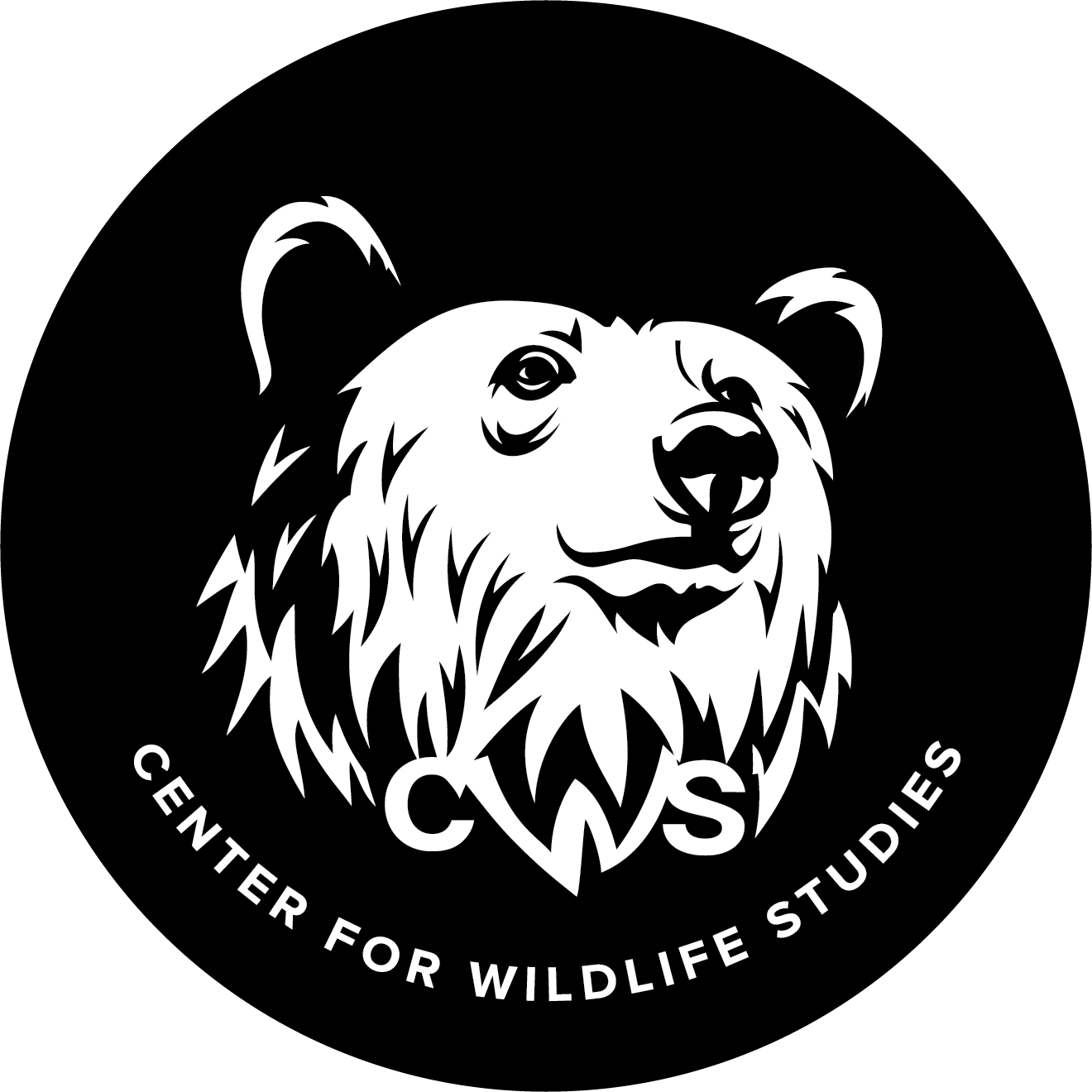-
Distance sampling is a frequently used method for estimating species abundance using point counts and line transects while accounting for imperfect detection. This method is based on the simple premise that animals on or near the sampling point/line transect are more likely to be detected than animals further away. This method can be implemented on unmarked animals during a single site visit, which can be appealing compared to other approaches that require marked animals or multiple site visits (i.e., temporal replicates). Users can, however, incorporate marked animals and/or collect data with temporal replication to address questions about availability, seasonal change, and annual trends. Distance sampling can be implemented on the ground (e.g., foot, vehicle), by air (e.g., airplane, helicopter), and by water (e.g., ship, raft), and therefore useful in terrestrial, aquatic, and marine ecosystems. This course will provide a foundation in distance sampling with numerous examples of their use. Students will gain practical experience in distance sampling, including study design, data collection, data management, and analytical techniques. Analyses will be conducted in R using the unmarked package. Students will be able to implement these models, interpret their output, and summarize the results.
-
Learn at your your own pace with or without instructor support (see Online Course Format Chart below for details).
Fall: September 2 – November 23, 2025 (Early bird ends August 3rd)
Winter: December 1, 2025 – February 22, 2026 (Early bird ends November 2nd)
*Early bird saves $75
-
Experience with the basics of probability, statistical methods, and using R to fit statistical models. The CWS course, R Bootcamp, provides a good background for this course. This course will follow data management and analytical practices used in R Bootcamp for consistency.
-
Module 1
Identifying research questions and wildlife monitoring priorities
Unbiased sampling design practices
Why does detection probability matter?
Exercises on wildlife monitoring and sampling design
Module 2
Overview of methods for estimating species abundance and distribution
Introduction to distance sampling and examples
Distance sampling field data collection and equipment needs
Exercises exploring methods for estimating species abundance and distribution, including distance sampling
Module 3
Data management: converting field data to data ready for analysis
Introduction to the unmarked package in R for distance sampling
Exercises to conduct exploratory analysis of distance sampling data in R
Module 4
Distance sampling for solitary species using point counts
Implementation of point count distance sampling modeling in R
Exercises with solutions on point count distance sampling methods
Module 5
Distance sampling for solitary species using line transects
Implementation of line transect distance sampling modeling in R
Exercises with solutions on line transect distance sampling methods
Module 6
Distance sampling for social species using line transect methods
Implementation of distance sampling for social species in R
Exercises with solutions on distance sampling methods for social species
Module 7
Introduction to advanced distance sampling models
Temporal replicates to account for availability
Seasonal and multi-year data
Bayesian approaches to distance sampling
LEARNING OUTCOMES
Value unbiased population abundance techniques that account for detection probability.
Knowledge of sampling design practices for estimating abundance.
Understand the concept and theory behind distance sampling.
Ability to implement distance sampling for solitary and social species.
Ability to include covariates on abundance and detection probability parameters to test hypotheses in distance sampling.
Understand how to compare multiple models, assess model fit, and interpret results.
Have a working knowledge of R packages used for distance sampling.
COURSE OPTIONS & INFORMATION (Review chart above, then click below)
-
FORMAT:
3 months of access to course materials as you work at your own pace
CONTINUING EDUCATION:
16 CEUs with The Wildlife Society
4 CEUs in Category I(a): Scientific Education and Training with the Ecological Society of America
Go to our Continuing Education Page for more details
-
FORMAT:
3 months of access to course materials as you work at your own pace
Get instructor support for the 3-month term via email, discussion threads, group meetings, and one-on-one appointments
After working through the course materials, set up an optional meeting with the instructor to discuss your own personal project from work or school
CONTINUING EDUCATION:
16 CEUs with The Wildlife Society
Go to our Continuing Education Page for more details
CERTIFICATIONS:
Earn 1 credit toward certification as an Associate/Certified Wildlife Biologist® (at any level) with The Wildlife Society
-
FORMAT:
12 months of access to course materials as you work at your own pace
Get instructor support for the 3-month term via email, discussion threads, group meetings, and one-on-one appointments
After working through the course materials, set up an optional meeting with the instructor to discuss your own personal project from work or school
CONTINUING EDUCATION:
16 CEUs with The Wildlife Society
Go to our Continuing Education Page for more details
CERTIFICATIONS:
Earn 1 credit toward certification as an Associate/Certified Wildlife Biologist® (at any level) with The Wildlife Society
Earn 1 credit towards a professional certificate in Applied Quantitative Ecology with CWS
ACADEMIC CREDIT:
Earn 1 academic credit (go to our Academic Credit Page for details)
Earn an additional 1-2 academic credits with an Applied Project
Instructor
SCHOLARSHIPS
Full scholarships are available to participants from countries designated as “lower income” and “lower middle income” in the World Bank List of Economies. Please see our CWS World Scholars Program page for details.
CANCELLATION POLICY
Cancellations 30 days or more before the start date are not subject to cancellation fees. Cancellations <30 days before the start date are subject to a 50% cancellation fee. No refunds once the course begins.




